Ever seen a space potato?
This ‘space potato’ has fascinated astronomers for a long time now.
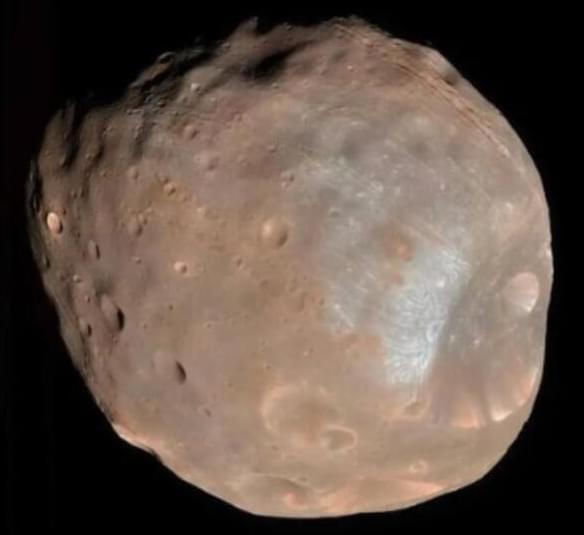

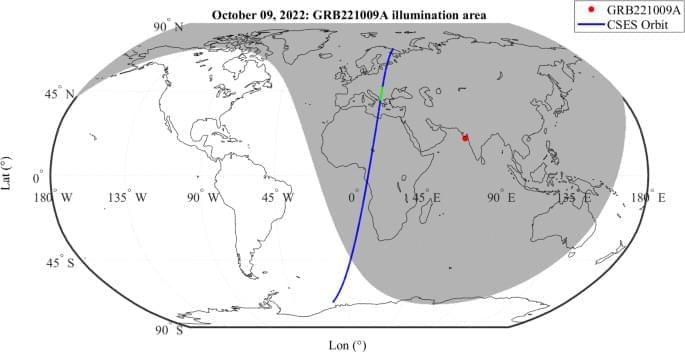
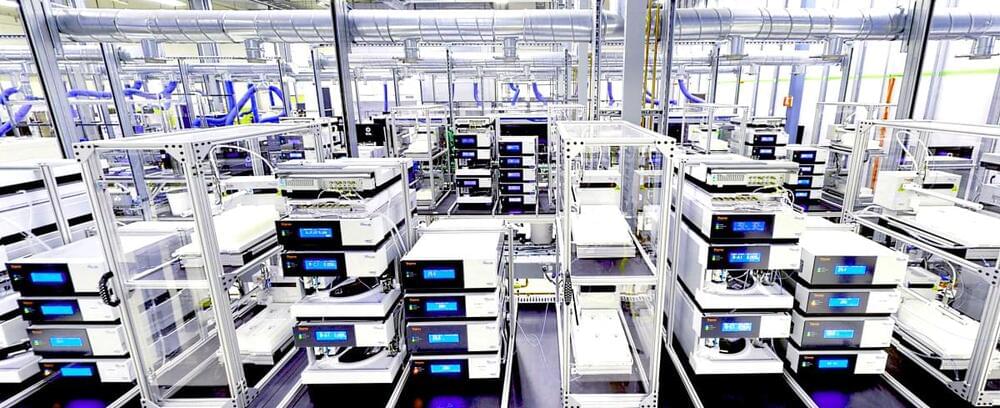
To help myself and others keep track of the fast-paced world of biotech, I have put together this list of 107 companies and notable research nonprofits! I wrote down some important facts about each entry as well as included links to their websites.
PDF version: List of Biotechnology Companies to Watch – by Logan Thrasher Collins
I created this list of organizations (107 total to date) to serve as a resource to help people learn about and keep track of key biotechnology companies. Some of these are emerging startups, some are established giants, and some provide useful services. Some notable nonprofit organizations are included as well. Though this list is far from comprehensive, I have tried to cover as many of the key players as possible. It is also important to realize that this landscape is constantly changing, so some of the information on this list will eventually transition into antiquity. The list was originally started over the course of 2021, updated during the summer of 2022, and updated again during the summer of 2024. I hope you enjoy delving into the exciting world of biotechnology!

A UK teenager with severe epilepsy has become the first person in the world to be fitted with a brain implant aimed at bringing seizures under control.
Oran Knowlson’s neurostimulator sits under the skull and sends electrical signals deep into the brain, reducing his daytime seizures by 80%.
His…
His mother, Justine, said that her son had been happier, chattier and had a much better quality of life since receiving the device. “The future looks hopeful, which I wouldn’t have dreamed of saying six months ago,” she said.
Martin Tisdall, a consultant paediatric neurosurgeon who led the surgical team at Great Ormond Street hospital (Gosh) in London, said: “For Oran and his family, epilepsy completely changed their lives and so to see him riding a horse and getting his independence back is absolutely astounding. We couldn’t be happier to be part of their journey.”
Oran, who is 13 and lives in Somerset, had the surgery in October as part of a trial at Gosh in partnership with University College London, King’s College hospital and the University of Oxford. Oran has Lennox-Gastaut syndrome, external, a treatment-resistant form of epilepsy which he developed at the age of three.
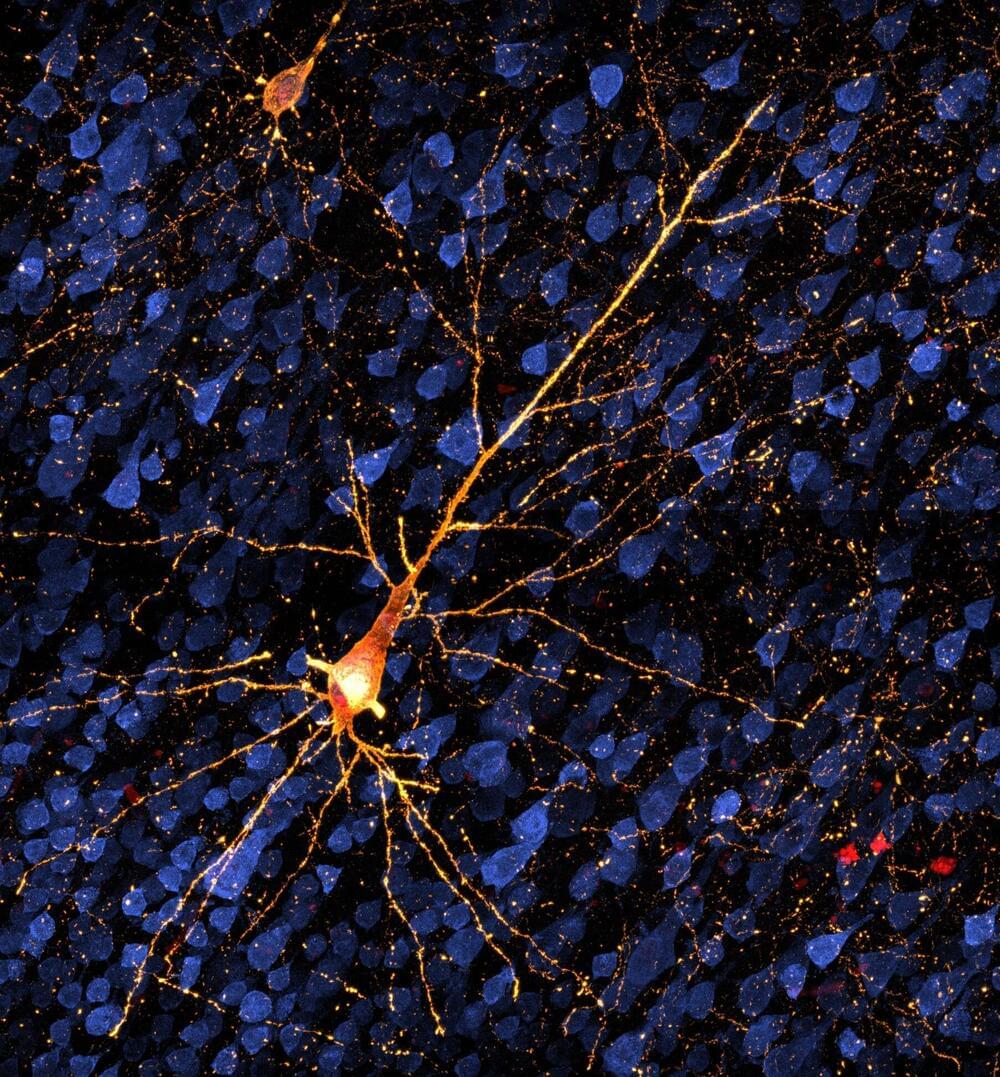
Research in nonhuman primates is opening the possibility of testing treatments for the early stages of Alzheimer’s and similar diseases, before extensive brain cell death and dementia set in. A study published in Alzheimer’s & Dementia shows up to a six-month window in which disease progress could be tracked and treatments tested in rhesus macaques.

Building symmetry breaking into neural networks.
Discovering Symmetry Breaking in Physical Systems with Relaxed Group Convolution.
Rui Wang, Elyssa Hofgard, Han Gao, Robin Walters, Tess Smidt MIT June 2024 https://openreview.net/forum?id=59oXyDTLJv.
Modeling symmetry breaking is key…
Contribute to atomicarchitects/Symmetry-Breaking-Discovery development by creating an account on GitHub.
Chinese scientists have engineered a solution by which they could bypass natural plant gene inheritance. They aim to deploy a CRISPR-based gene editing system to help the transmission of preferred genes even when they aren’t suitable for a plant.
The scientists devised a system that would use both a toxin and an antidote which would directly affect the male plant germline. Through this process, the researchers could overcome the natural Mendelian transmission rate. This can help increase the gene transmission rates up to 99% over two generations.
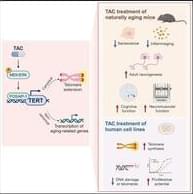
This study identifies a small molecule (TAC) that restores physiological levels of TERT throughout aged tissues, resulting in the rejuvenation of multiple tissues. Specifically, TAC administration in very aged mice alleviates multiple aging hallmarks such as cellular senescence and systemic inflammation, promotes new neuron formation with improved cognitive ability, enhances neuromuscular function, and is well tolerated with no evidence of toxicity.
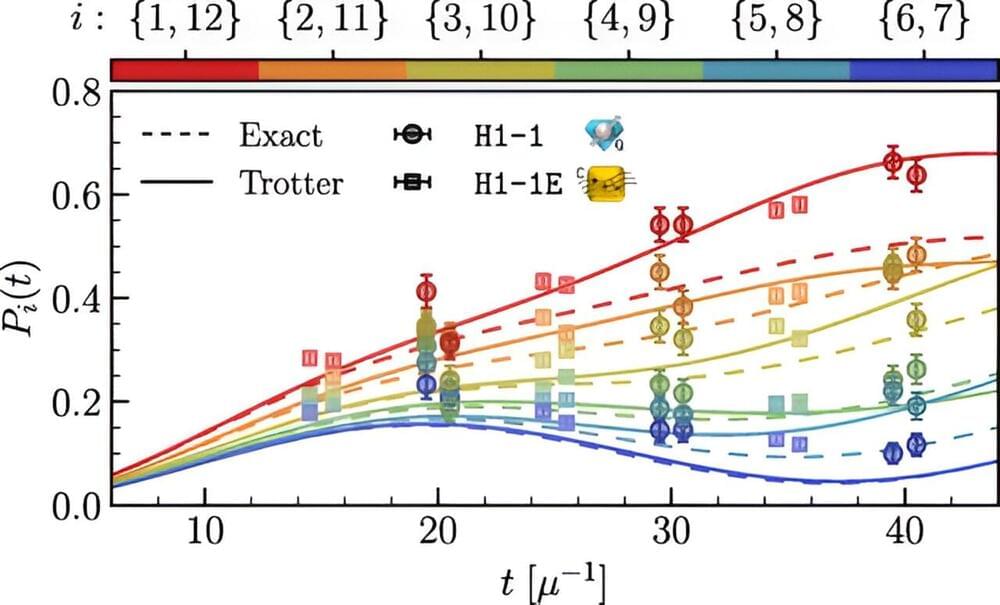
“At this point, the neutrinos go from passive particles—almost bystanders—to major elements that help drive the collapse,” Savage said. “Supernovae are interesting for a variety of reasons, including as sites that produce heavy elements such as gold and iron. If we can better understand neutrinos and their role in the star’s collapse, then we can better determine and predict the rate of events such as a supernova.”
Scientists seldom observe a supernova close-up, but researchers have used classical supercomputers such as ORNL’s Summit to model aspects of the process. Those tools alone wouldn’t be enough to capture the quantum nature of neutrinos.
“These neutrinos are entangled, which means they’re interacting not just with their surroundings and not just with other neutrinos but with themselves,” Savage said.